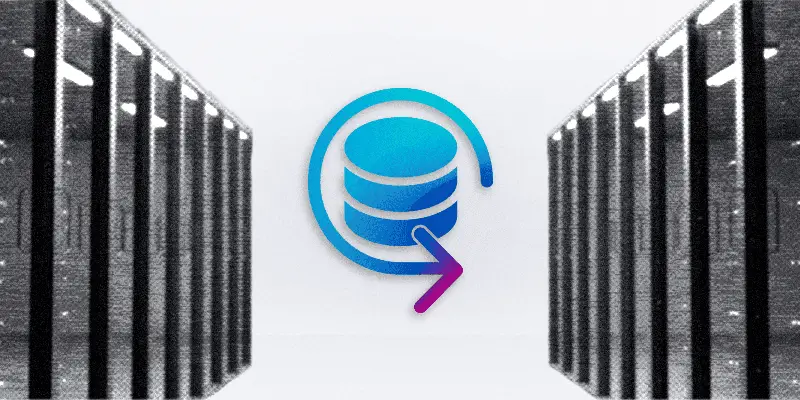We buy insurance because even though we try to be prepared, we can never truly account for everything. This is true for our cars and our health, but it is also true for our Salesforce data. And while there’s no such thing as data insurance, there are measures that can be taken to protect our data should a worst-case scenario occur.
A Salesforce data backup acts as an insurance policy by essentially reimbursing your system with replacement data.
However, all Salesforce data backups are not created equal. This service will only be useful if the snapshots of your system are recent and complete. This includes addressing the various areas of your Salesforce environment—including metadata.
Many of us have a vague understanding about metadata as “data about data.” But this ever-growing data set can be varied and incredibly important to maintaining proper functionality in your Salesforce environment.
Salesforce data backups get more expensive as they grow larger due to increased need for storage space. This might lead some to be more selective about the types of data they include in their backups. With that in mind, we thought we’d dig into the reasoning behind including metadata in this essential consideration.

Here are 6 things you should know about including metadata in your Salesforce data backup:
1. Metadata Is a Target, Just Like Other Types of Data
There are various types of metadata existing within your Salesforce environment, and this repository grows with each action. Behaviors and other information relating to the personally identifiable information of team members and customers alike can be stored within your system’s metadata. This data needs to be protected as rigorously as other types of Salesforce data.
Cybercriminals can use your metadata to compromise or corrupt important records and information.
A Salesforce data backup that includes metadata will maintain this important information should it become corrupted or lost. This helps remain compliant with government regulations. It also helps ensure the continued functionality of your systems.
2. Proper Functionality Depends on Metadata
Metadata can include descriptive data about various functions and pieces of information. However, it can also be used to describe the functions themselves. Linked objects and fields are created through this type of metadata and a failure to properly protect them can break these dependencies.
Metadata informs the functionality your team members rely upon to perform their duties. Losing this metadata results in loss of functionality.
Setting the scope of a Salesforce data backup to include metadata ensures this important functionality will be preserved after a data loss event.

3. Accidental Deletions Can Have Major Consequences
Data loss doesn’t always come from a cybercriminal or hacker. Sometimes, these threats come from within our own organizations. Human errors are one of the leading causes of data loss. Simply deleting the wrong file can have a ripple effect that impacts process down the line.
A complete data security strategy needs to protect against both internal and external threats.
Metadata can be unassuming when it comes to importance. However, accidentally deleting important metadata can have very negative consequences that can be avoided with a recent backup snapshot.
4. Corrupted Metadata Relationships Cause Problems
We mentioned earlier how metadata can be used to describe the relationships between various fields and objects. For instance, say a customer enters their name into one field and it auto-populates in another. This is a simple example but one that can have negative consequences should the process be corrupted.
These errors might not be as apparent as a total breakdown and can go undetected.
Ensuring proper relationships are maintained will avoid this, which is possible through properly protecting Salesforce metadata.
5. Continuous Metadata Offers Benefits
Users need to know what to expect. Reliable metadata creates a consistent user interface, so users don’t encounter any surprises. This includes the customizations you’ve made to personalize your Salesforce platform to your individual needs

Backing up your metadata creates a better experience for your end user by avoiding unnecessary disruptions.
Managed packages, customizations, and data relationships are all maintained when metadata is protected. Setting your Salesforce data backup to include metadata protects the specific alterations you’ve made to best suit your end users.
6. Tips for a Comprehensive Salesforce Data Backup
A Salesforce data backup is only useful if it’s current. Outdated backups don’t provide the breadth of benefits your company needs to avoid costly downtime and loss of functionality. Any lost data will need to be replaced through team member efforts, which costs time and money.
A few intentional practices can help you get the most from your Salesforce data backup. Here are three important considerations:
Utilize Automation
Your team members are busy. Adding frequent tasks to their to-do lists will only lead to things being forgotten. Automation is an essential aspect of a streamlined DevOps strategy, and backups are no different. Using an automated backup tool ensures nothing is forgotten and your bases are reliably covered.
Set a Schedule
Snapshots of your Salesforce environment should be set to a strict schedule. The frequency of these snapshots will depend on your data storage capabilities and the industry in which you operate. For example, highly regulated industries like financial services will need to maintain timely backups. This could mean multiple snapshots every day. Analyze your needs and set a schedule so you are adequately covered.
Ensure Recovery Capabilities
Collecting these backup snapshots of your Salesforce environment is only the first step to properly securing your platform. You must also have the ability to quickly and sufficiently restore this data. A recovery tool will be able to move information from your backup repository into the live environment to minimize disruptions in service.
